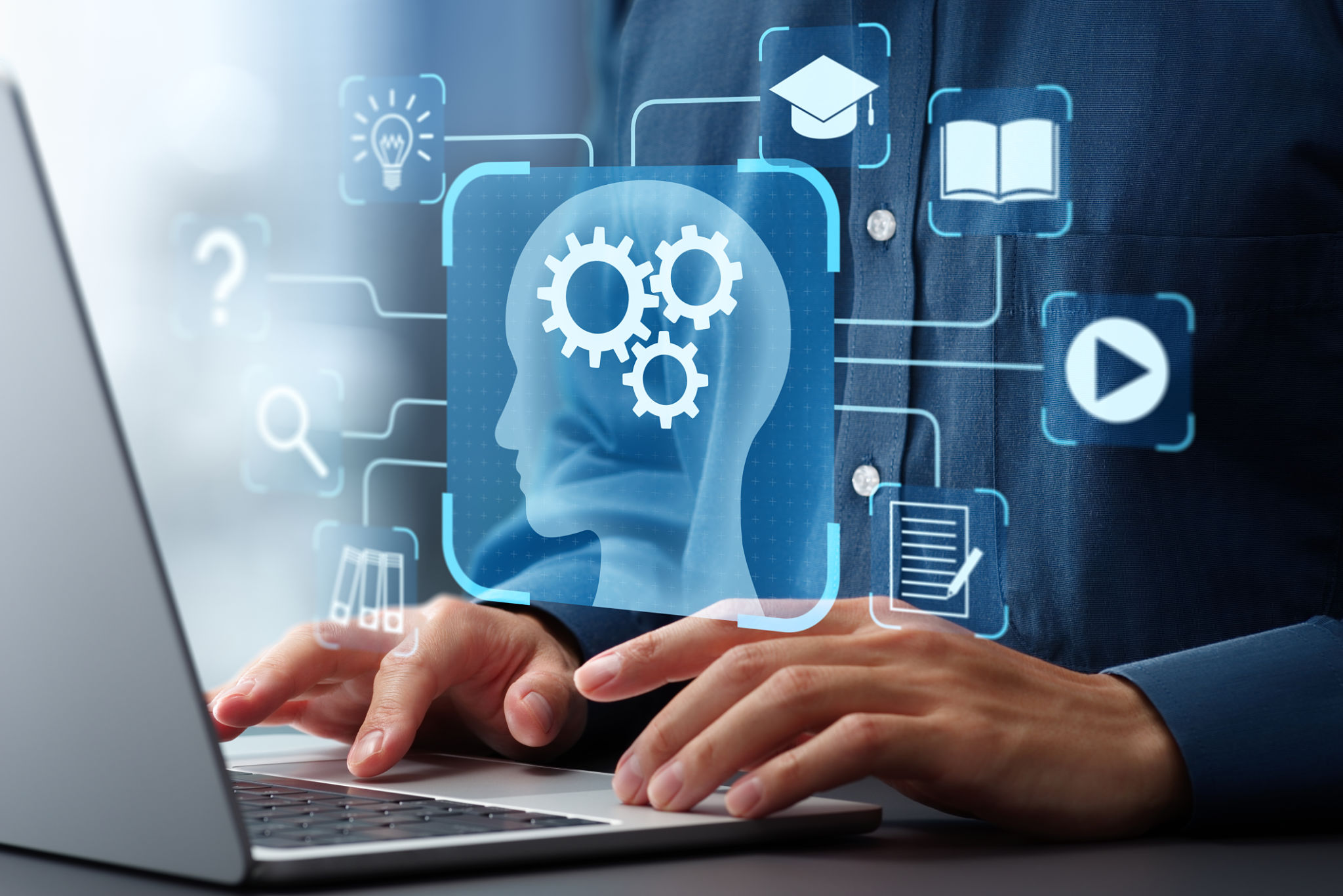How Virtual Reality is Transforming Education for Kids
Introduction to Virtual Reality in Education
Virtual Reality (VR) is no longer confined to the realm of gaming and entertainment. It is making significant strides in the educational sector, especially for kids. By offering immersive and interactive learning experiences, VR is transforming the way children perceive education. The potential to engage students in an entirely new way is unprecedented, making learning more exciting and impactful.

Enhancing Engagement and Retention
One of the primary benefits of VR in education is its ability to enhance student engagement. Traditional teaching methods can sometimes fail to capture and retain a child's attention, especially for visual and kinesthetic learners. In contrast, VR provides an interactive environment where students can actively participate, making learning more engaging and enjoyable.
Moreover, VR can significantly improve retention rates. When students are immersed in a VR environment, they can better remember the information they encounter. This is because VR stimulates multiple senses, creating a more holistic learning experience that helps reinforce memory.
Providing Experiential Learning
VR technology enables students to experience things that would be impossible or impractical in a traditional classroom setting. For instance, children can explore ancient civilizations, take virtual field trips to faraway places, or witness scientific phenomena without leaving the classroom. This experiential learning helps students understand complex concepts by providing real-world context.

Furthermore, VR allows for safe experimentation. Students can conduct virtual laboratory experiments or practice skills in a controlled environment without any real-world consequences. This fosters a deeper understanding of subjects and encourages curiosity and exploration.
Personalizing the Learning Experience
Another significant advantage of VR in education is its ability to personalize learning for each student. VR applications can adapt to the individual needs and learning pace of each child, offering customized content that addresses their specific strengths and weaknesses. This personalized approach ensures that students receive the support they need to succeed.
Additionally, VR can accommodate various learning styles, making it an inclusive tool for education. Whether a child learns best through visual aids, auditory input, or hands-on activities, VR can provide tailored experiences that cater to diverse preferences.

Developing Future-Ready Skills
As technology continues to evolve, it is crucial for children to develop skills that will prepare them for the future workforce. VR in education helps students build critical skills such as problem-solving, creativity, and collaboration. By working together in virtual environments, students learn how to communicate and cooperate effectively.
Moreover, exposure to VR technology familiarizes students with digital tools they may encounter in their future careers. This early introduction to advanced technology fosters a sense of confidence and competence that will serve them well in a tech-driven world.
Conclusion: Embracing the Future of Education
The integration of virtual reality in education represents a significant shift towards more dynamic and effective teaching methods. By making learning more engaging, personalized, and experiential, VR has the potential to revolutionize how children learn and grow. As educators continue to explore this innovative technology, the possibilities for enhancing education are limitless.
